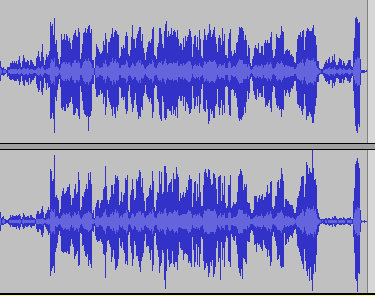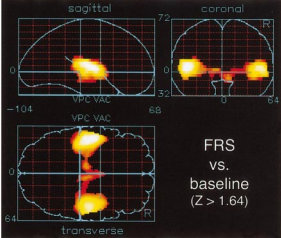Although there are all those digital music technologies available, Rollofone still insists on analog tool chains to master and re-master audio. Why? Because we know that it makes a difference.

The shiny new world of digital audio is convenient. For both, listeners and content-creators. Just download a song and play it. No need to carefully handle a vinyl record, no adjustments to equipment, most of the younger people may never have listened to any recorded song the truly “analog way”. Most sound-engineers also ditched analog equalizers, exciters or other tools years ago. It’s so much easier to edit the sound wave on a computer instead of dealing with the problems and headaches that are inherent if working with analog equipment.
To be honest – some things are truly hard or even impossible to achieve with analog tools. Removing tape-hiss comes to mind – or dealing with clicks, pops or crackle from vinyl records.
But some people – including us – are still insisting that digital, especially if used in combination with lossy compression, is just a poor representation of the original audio signal. When the CD format was invented, it was a generally accepted idea that everything above 20 KHz wouldn’t be audible anyway. And yes – most people’s ears won’t be able to consciously hear audio above 15Khz. So – the case has been closed and the “digital” communities look at us “analog” people with a mixture of pity and annoyance.
But it’s not that simple.
Studies made by Theiss and Hawksford (1997), Yamamoto (1996), Yoshikawa (1995,1997) tried to explore the psychological effect of inaudible frequencies on sound perception. But they weren’t able to present convincing explanations.

However – a newer study used noninvasive physiological measurements (such as EEG, PET scans .. ) and it was able to provide conclusive evidence that sounds containing frequency components above the audible range significantly affected the brain activity of listeners.
Interestingly, only the combination of the audible audio with the inaudible high frequencies produced elevated brain activity. No change was measured when the audio was played without the inaudible frequencies or when only the inaudible parts where played.
Despite the fact that non-audible frequencies were not perceived as sounds by themselves, the study demonstrated that the presentation of sounds that contained a considerable amount of non-audible frequencies, in combination with the audible spectrum, significantly enhanced the power of the spontaneous EEG activity of alpha range when compared with the same sound lacking those high frequencies. In parallel experiments employing exactly the same stimulus and methods, PET rCBF measurement revealed that the deep-lying brain structures, including the brain stem and thalamus, were activated. In addition, subjective evaluation by questionnaire revealed that the full spectrum audio (including inaudible frequencies) intensified the subjects’ pleasure to a significantly greater extent than those sounds without inaudible frequencies.
Well – here we are. Maybe that’s the reason we are “hooked” to our record-players and tape machines. This study may even explain our urge to get “better” stuff. Better cartridges, speakers, amplifiers. The pleasure center in our brain, tickled by inaudible frequencies from our analog music, is just demanding more and better stimulation.
Hi – my name is Michaela. I am an “Analogiholic” …. and it feels so good.
Here is the original study.
